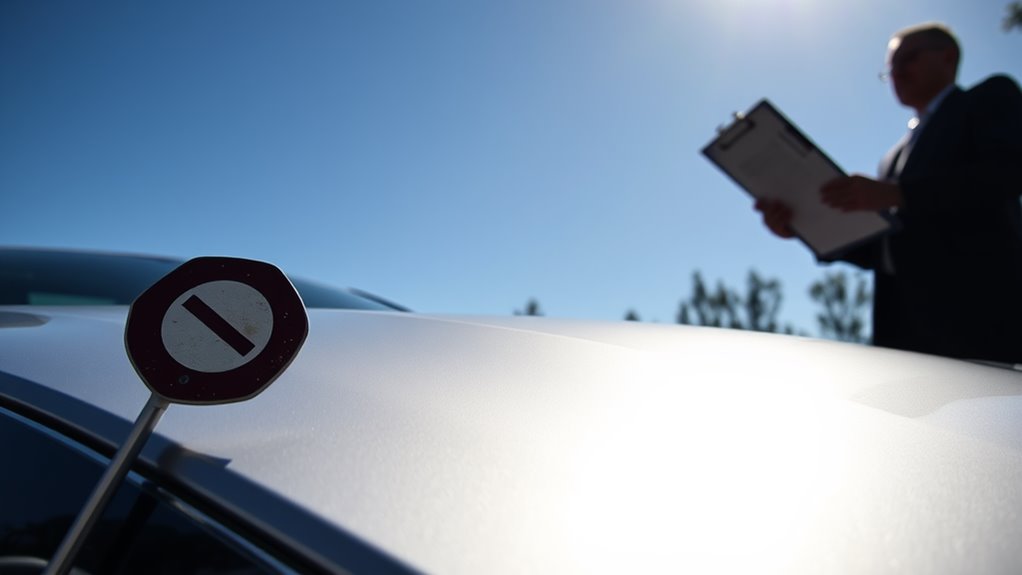When you engage in peer-to-peer car sharing, selecting the right insurance isn't just a formality—it's a necessity. With various coverage options available, understanding how each can protect you from potential financial pitfalls and legal issues is critical. This decision can greatly impact your rental income and overall experience. As the landscape of car sharing evolves, the implications of your insurance choices become even more critical. What factors should you consider to guarantee thorough protection?
Insurance for Peer-to-Peer Car Sharing
As peer-to-peer (P2P) car sharing continues to reshape the transportation landscape, understanding the insurance implications becomes fundamental for both car owners and renters. This model allows individuals to rent cars directly from other owners through platforms like Turo and Getaround, making it a convenient option for users seeking flexibility. However, the insurance landscape surrounding P2P car sharing is complex and varies considerably between services, which is imperative for you to evaluate as either a car owner or a renter.
For car owners, opting for insurance within these platforms not only safeguards against financial losses due to accidents and damages, but it also provides critical liability coverage. Most P2P services include extensive insurance options, often featuring up to $1 million in liability coverage. This reduces your legal risks and helps protect your investment, guaranteeing you won't bear the full financial burden if something goes wrong. Additionally, car-sharing companies typically provide insurance for owners, renters, and third parties, which offers peace of mind as you engage in this rental economy. Furthermore, having non-owner car insurance can be an essential safety net for those who frequently share or rent vehicles.
Additionally, physical damage protection is typically based on your car's actual cash value. This means you can monetize your vehicle while guaranteeing it remains protected under a structured policy, which is especially important in a market where high insurance costs have posed challenges.
When comparing different platforms, you'll find that options vary widely. For instance, Turo provides physical damage coverage up to $75,000, while JustShareIt offers coverage up to $149,000. Other services like Getaround match Turo's liability coverage, while ZipCar tends to only meet the state's minimum insurance requirements. Understanding these differences can help you make an informed decision, guaranteeing that you choose a service that aligns with your risk tolerance and financial expectations.
However, the P2P car-sharing model does come with risks. Without proper insurance, you increase your exposure to financial losses, which can jeopardize your income from renting. Insurers have become more cautious, and adverse market dynamics can affect profitability in the insurance sector. Adopting effective risk management strategies becomes fundamental for your sustainability as a car owner in this marketplace.
Moreover, maintaining proper insurance policies is essential for compliance with legal requirements surrounding car rentals. You may need to keep a personal auto insurance policy in tandem with your P2P coverage. It's worth noting that some insurers might cancel personal policies if rental activities are discovered without adequate insurance in place. For frequent renters, commercial policies can be crucial to prevent cancellation and guarantee ongoing coverage.
Emerging trends indicate that the integration of P2P platforms with insurance companies is becoming increasingly important for risk management. Data-driven partnerships are helping to adapt to changing market demands, leading to more robust protection offerings.
As demand for flexible and environmentally friendly mobility solutions grows, platforms like Cuvva are stepping up, offering temporary insurance options that cater to your needs.
Conclusion
In today's gig economy, choosing insurance for peer-to-peer car sharing isn't just smart; it's essential. It protects you from unexpected costs and legal troubles, ensuring peace of mind whether you're lending your car or borrowing someone else's. With the rise of flexible transportation options, having the right coverage is like having a safety net in a high-wire act. Don't leave yourself exposed—invest in extensive insurance to secure your financial future and keep your rides hassle-free.


